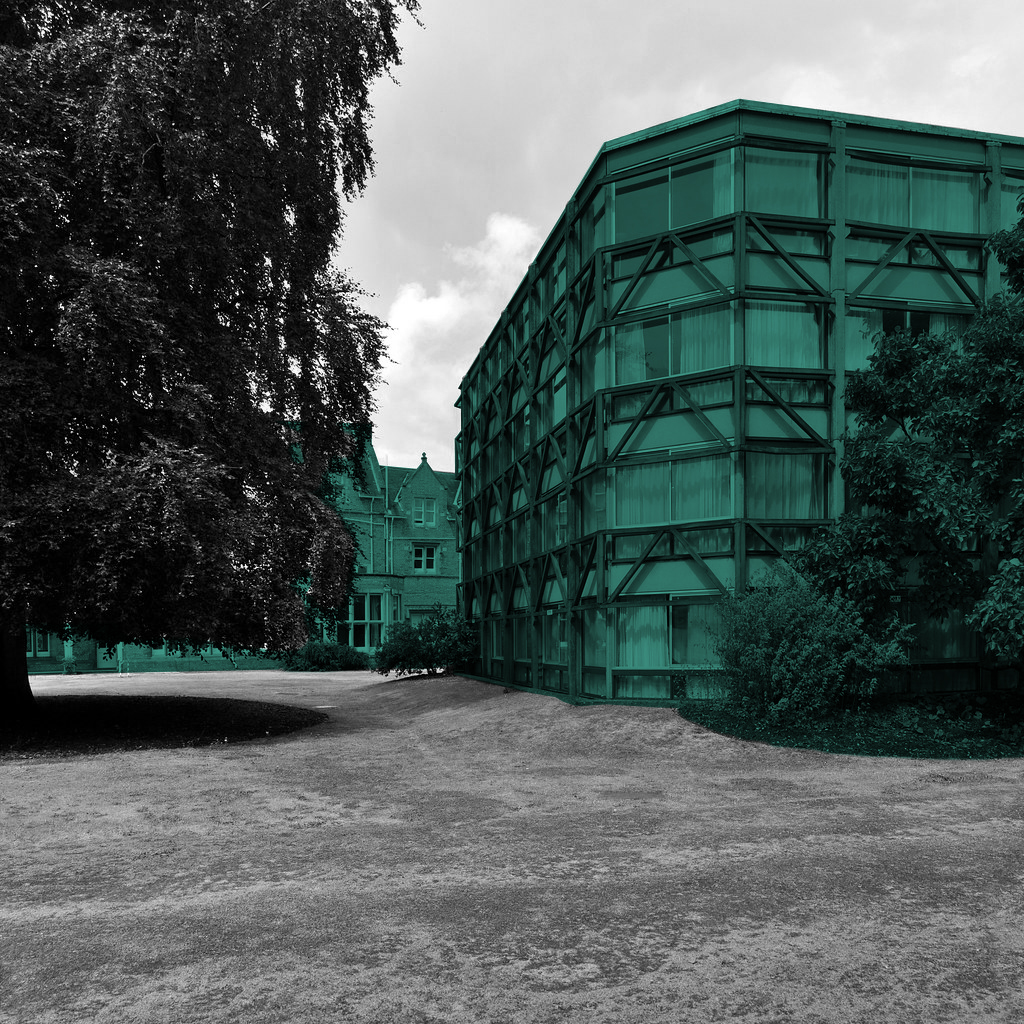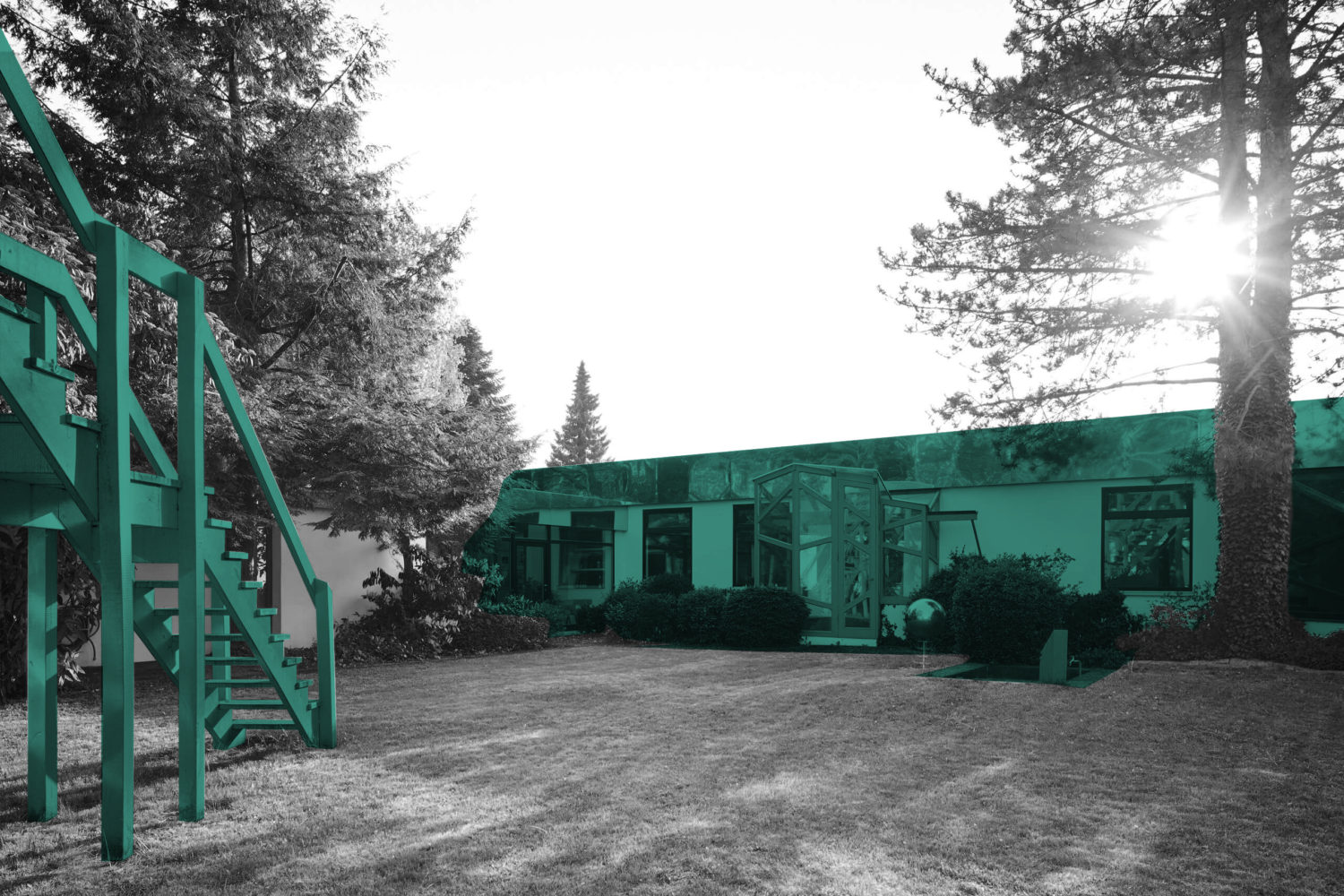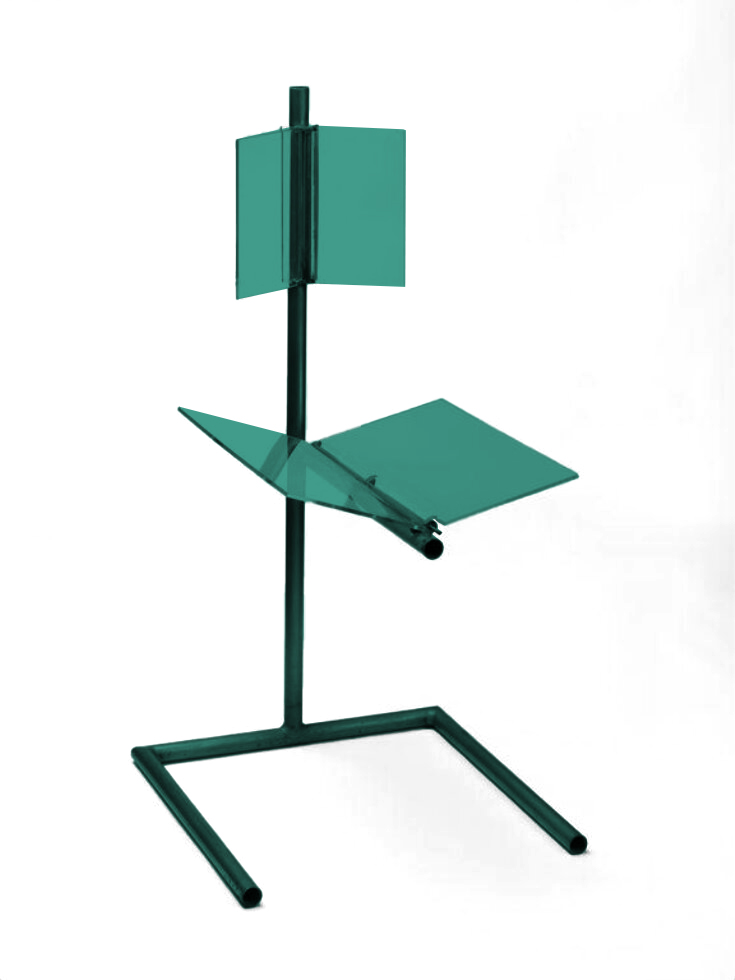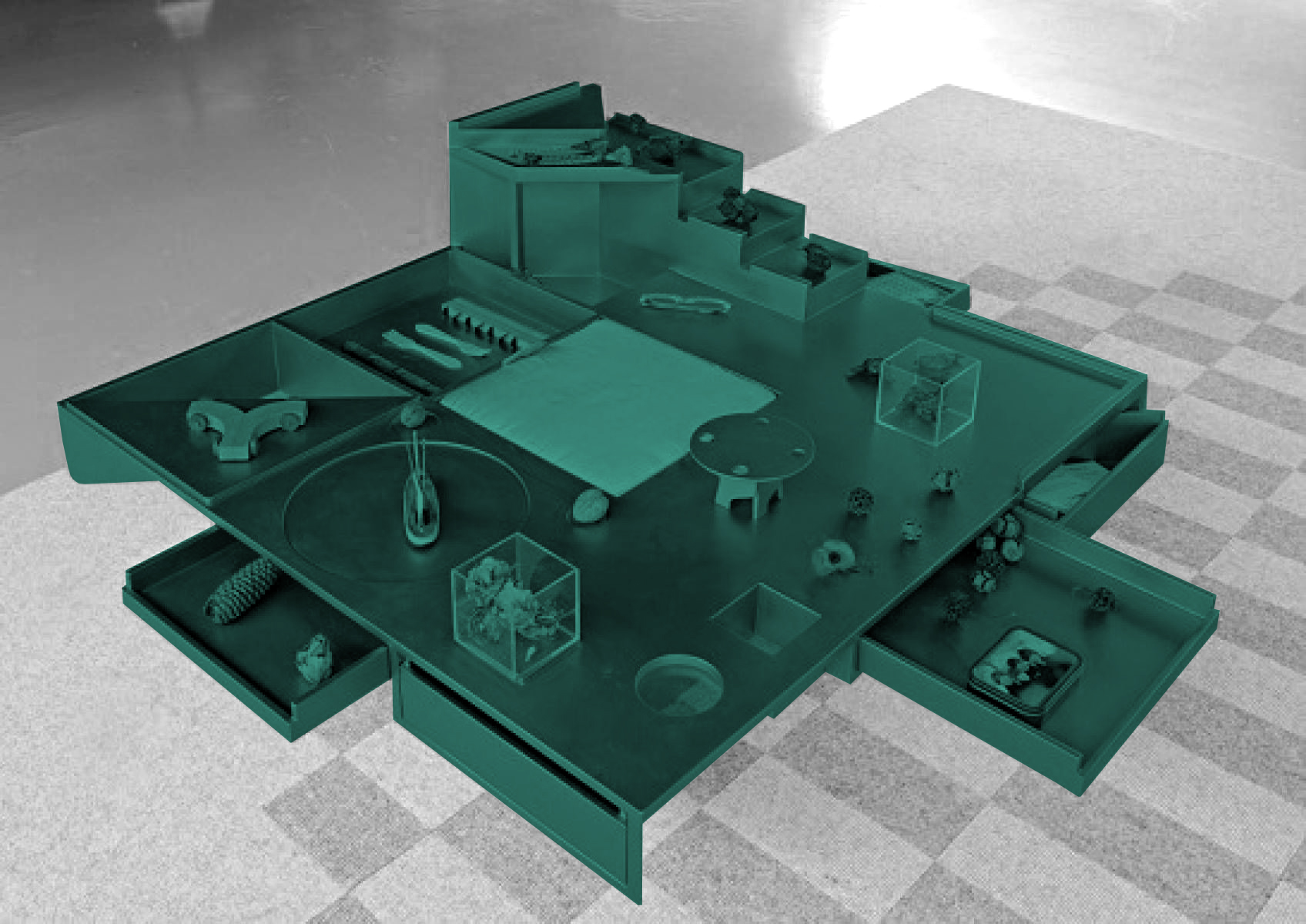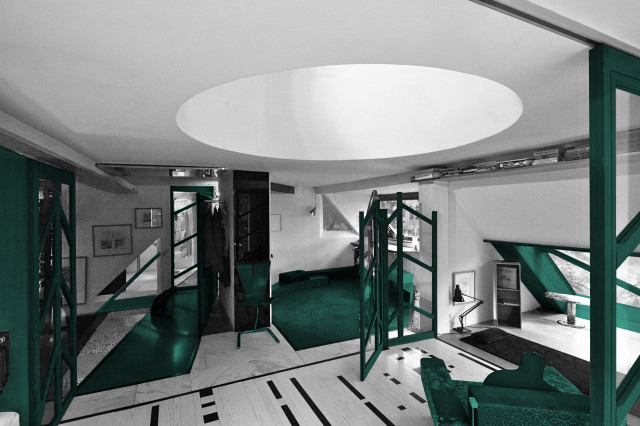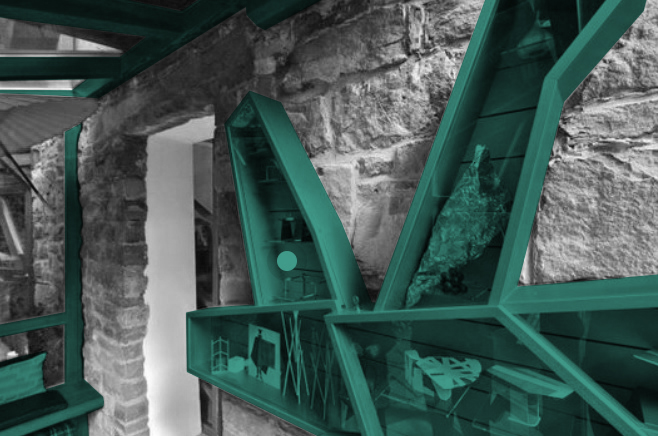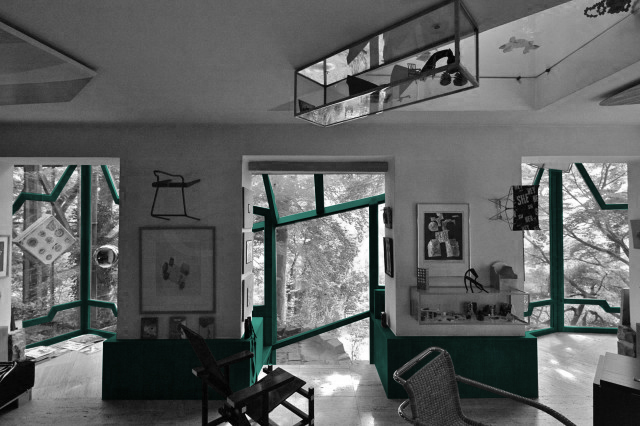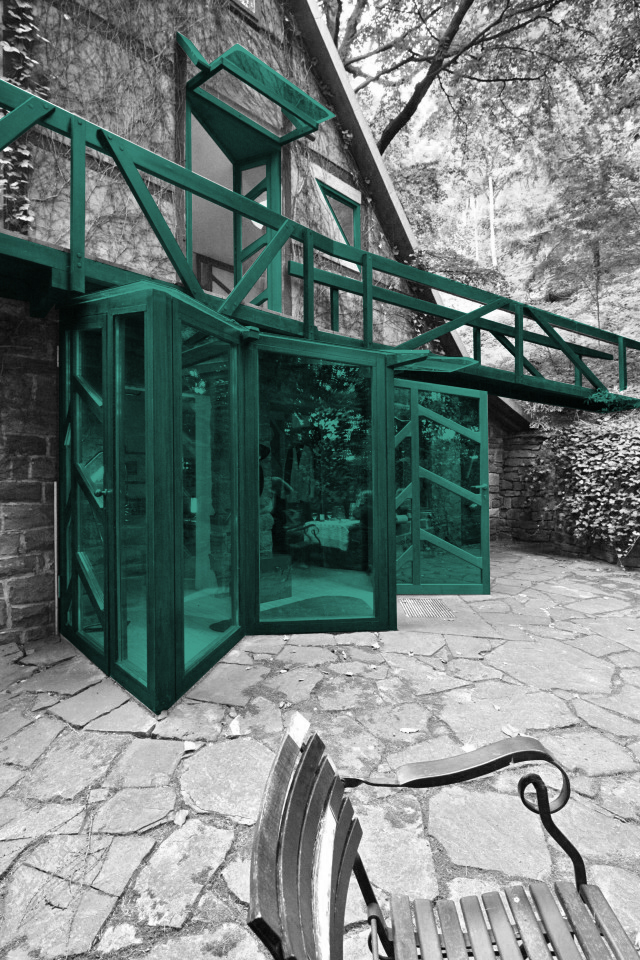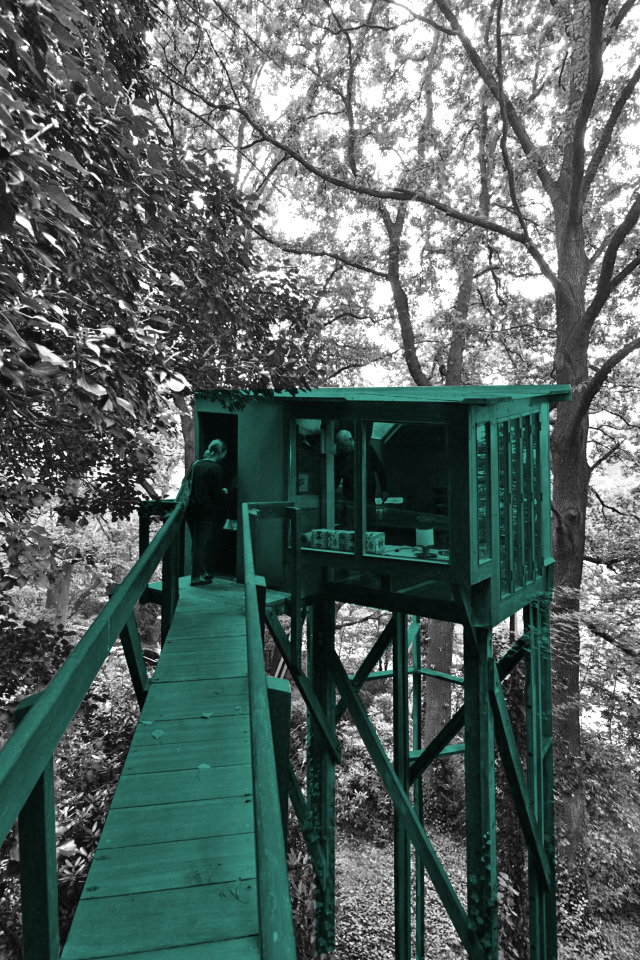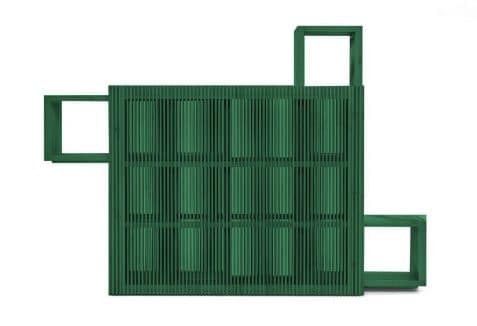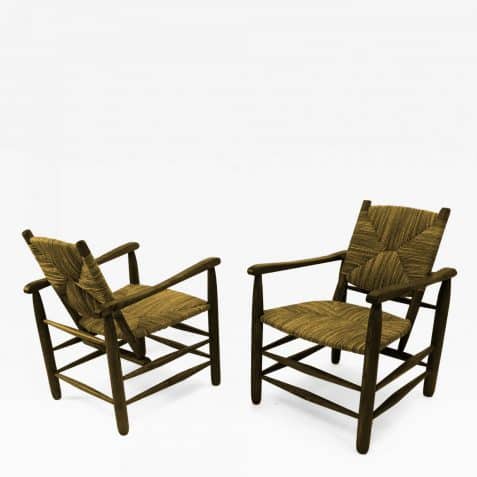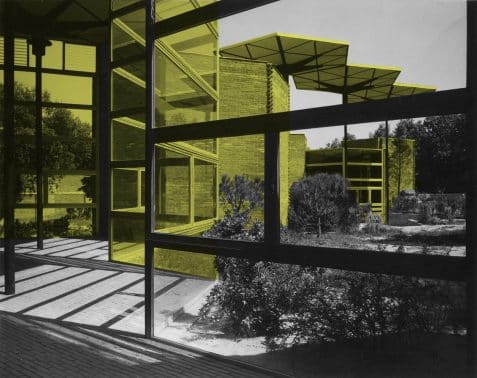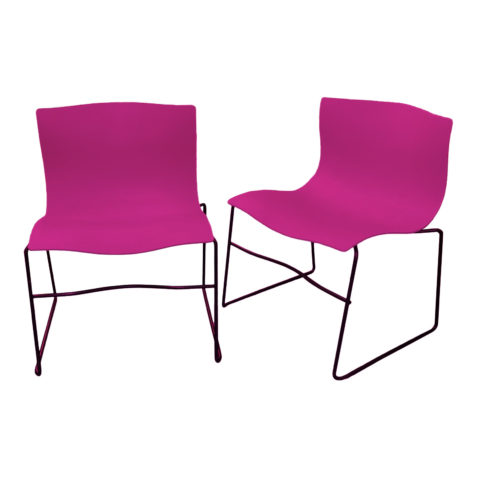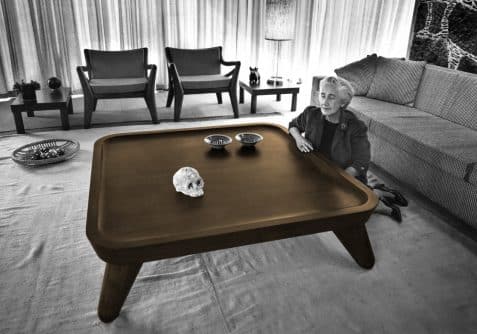INTERIOR
Inhabited Lattices #Alison & Peter Smithson
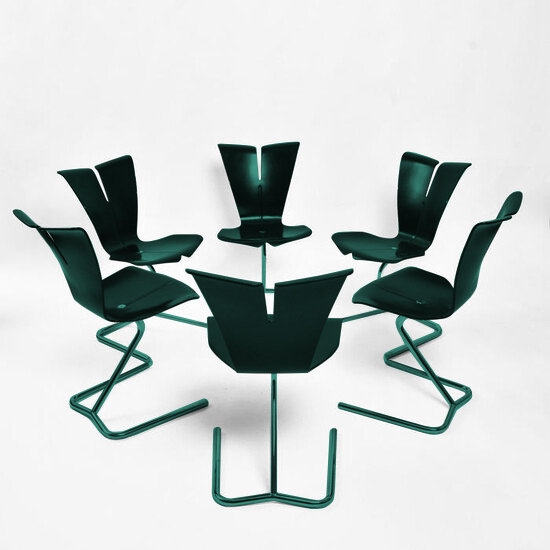
Alison and Peter Smithson feature prominently in the history of mid-20th century architecture due to a few buildings, such as the Secondary School in Hunstanton, The Economist building in London, and the recently demolished Robin Hood Gardens residential estate, but above all for his active participation in Team 10, for which Alison was the unofficial chronicler when writing Team Ten Primer, and a few unbuilt projects, such as the Coventry Cathedral or the Sheffield University.
In the mid-1980s, with Team X disbanded and a long string of projects for competitions never being built, the Smithsons meet Axel Bruchhäuser, owner of the German furniture company TECTA. The relationship between the Smithsons and Bruchhäuser gave rise to a series of commissions that marked their last years’ work: on the one hand, TECTA produced some of the furniture that Alison and Peter had designed in the past as an integral part of their architectural production, such as the Trundling Turk armchair or the Robin chair, and they had the opportunity to design some new pieces in which they turned their theoretical concerns, such as the Collector’s Table and the Waterlily and Fish Desk.
On the other hand, Bruchhäuser commissioned a series of modifications and extensions to his own home, an old stone cabin in the woods known as Hexenhaus, the extension and refurbishment of the TECTA factory and a museum for the company’s furniture collection, built posthumously.
In these works, the theme of latticework, which had already been rehearsed at St. Hilda’s College and in exhibitions such as Christmas Hogmanay, is developed in a more open and free way to extend the interior to the exterior, creating in-between spaces, letting light in, and visually combining the tracery of the surrounding trees’ branches with the building’s latticework.
